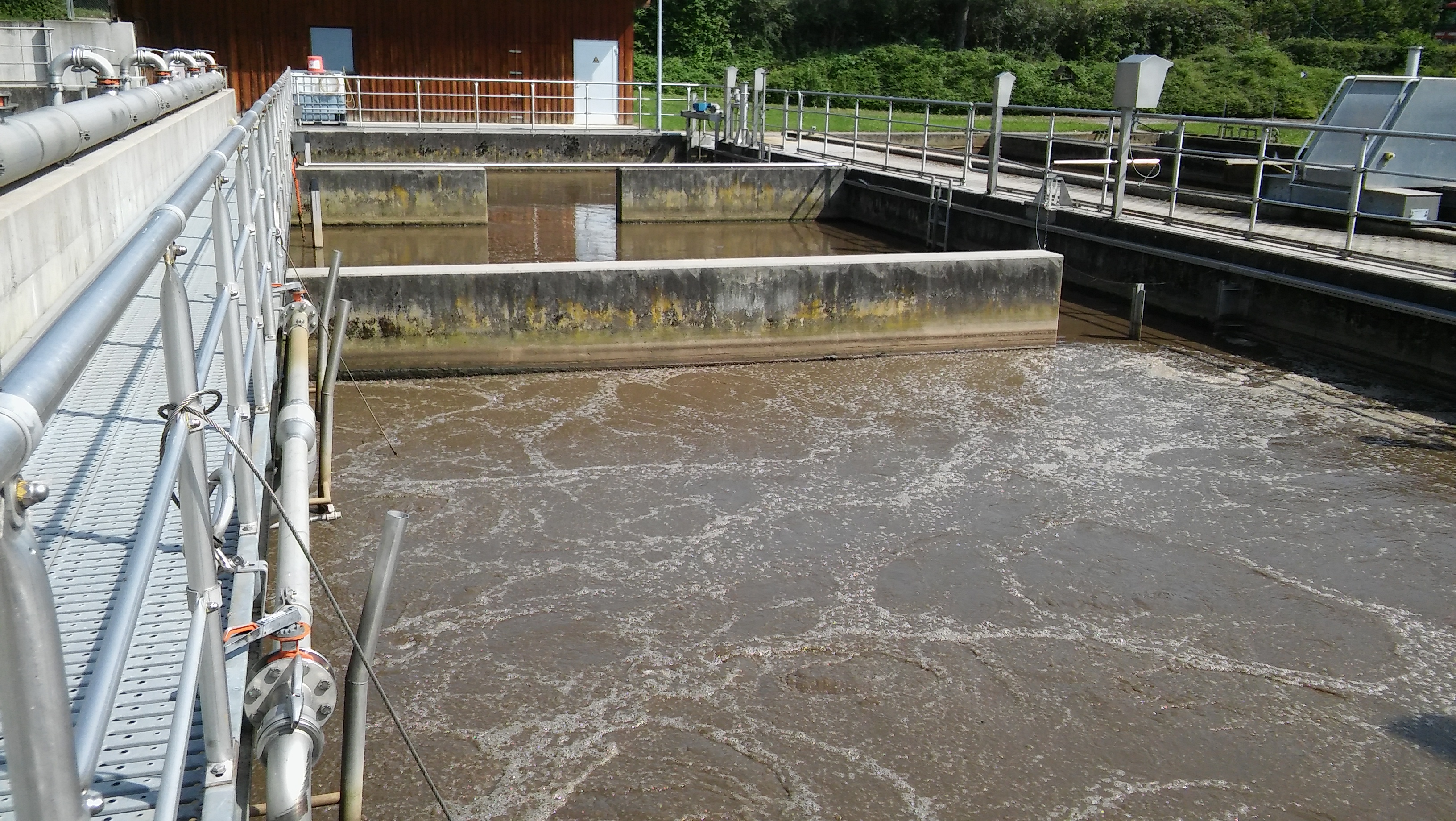Fraunhofer IGB has many years of experience in developing and optimizing purification processes for both municipal and industrial wastewater treatment plants. In numerous projects, systematic analysis and detailed measurements were the key to the improvement of processes such as nitrification and denitrification, and to an increase in the production of biogas in various sewage treatment plants. In most cases, it was possible to optimize the entire operation significantly. This method saves funds which would otherwise have to be spent on plant reconstruction or alterations.
Our system analysis approach
The Fraunhofer IGB approach to a solution begins with a careful evaluation of the operational logbooks. Here we not only determine all the usual design parameters, but also analyze how well a sewage treatment plant functions using process measurement and control measures for each and every section of the plant.
In addition, we often carry out a specific measurement program to determine how efficiently the individual purification steps are operating.
Advantages: cost-effective extension of sewage plants by specific analysis
This results in optimum customized solutions bringing each treatment plant up to state-of-the-art standards in a cost-effective way and helping operators to meet the specified target values. Such an approach is always worthwhile because it saves considerable sums otherwise needed for extending existing treatment plants.
Biological processes are supplemented by further methods when, for example, anorganic substances such as phosphates or ammonium salts are also to be recovered from waste water.
 Fraunhofer Institute for Interfacial Engineering and Biotechnology IGB
Fraunhofer Institute for Interfacial Engineering and Biotechnology IGB

